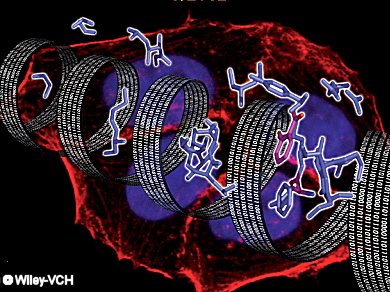The exponentially growing availability of open data and its exploitation in drug discovery and development has a significant impact on the way how pharmaceutical sciences are progressing. Semantic-web technologies for flexible integration of databases, web-based tools which allow the mining of large life science data sets, mobile apps for instant availability of information, new approaches for classifying targets and assays are just a few examples of the immense opportunities offered by the concept of openness.
The August issue of Molecular Informatics highlights a few snapshots in this area, demonstrating how the whole community will benefit from applications built upon open data.
In her review, Zdrazil and colleagues provide an overview on the strengths and limitations of open innovation with a special focus on small molecules. Stierand et al., Eriksson et al., as well as Carrascosa et al. present new, innovative tools for visualizing and mining the huge amount of data available by semantic integration of public data bases, such as provided by the Open PHACTS platform. Ekins and colleagues, as well as Clark et al., present future approaches and tools for connecting mobile devices to large open data depositories. In her article, Pinto and colleagues show the utilization of public available data for creation of in silico classification models for substrates for an ABC-transporter.
Finally, as proper usage of public data for drug discovery can only be assured by a thorough investigation of data quality and integrity, Zdrazil et al. provide an analysis of the data available in ChEMBL for inhibitors of the Multidrug Resistance Protein 1 (P-glycoprotein).
The issue was organized by Gerhard F. Ecker, Co-Editor of Molecular Informatics and University of Vienna, Austria, and Bryn Williams-Jones, Coordinator of Open PHACTS and Connected Discovery, UK.
- Special Issue: Open Innovation in Drug Discovery,

Molecul. Inform. 2012, 8. - Editorial: Open Innovation in Drug Discovery,

Gerhard F. Ecker, Bryn Williams-Jones,
Molecul. Inform. 2012, 8.
DOI: 10.1002/minf.201280004All articles of the special issue are available as open access, thanks to financial support from Open PHACTS and Wiley-VCH.
Molecular Informatics just received a first Impact Factor of 2.39 – straight into the top quartile of the Mathematics & Computational Biology category (2011 Journal Citation Reports®, Thomson Reuters, 2012)




